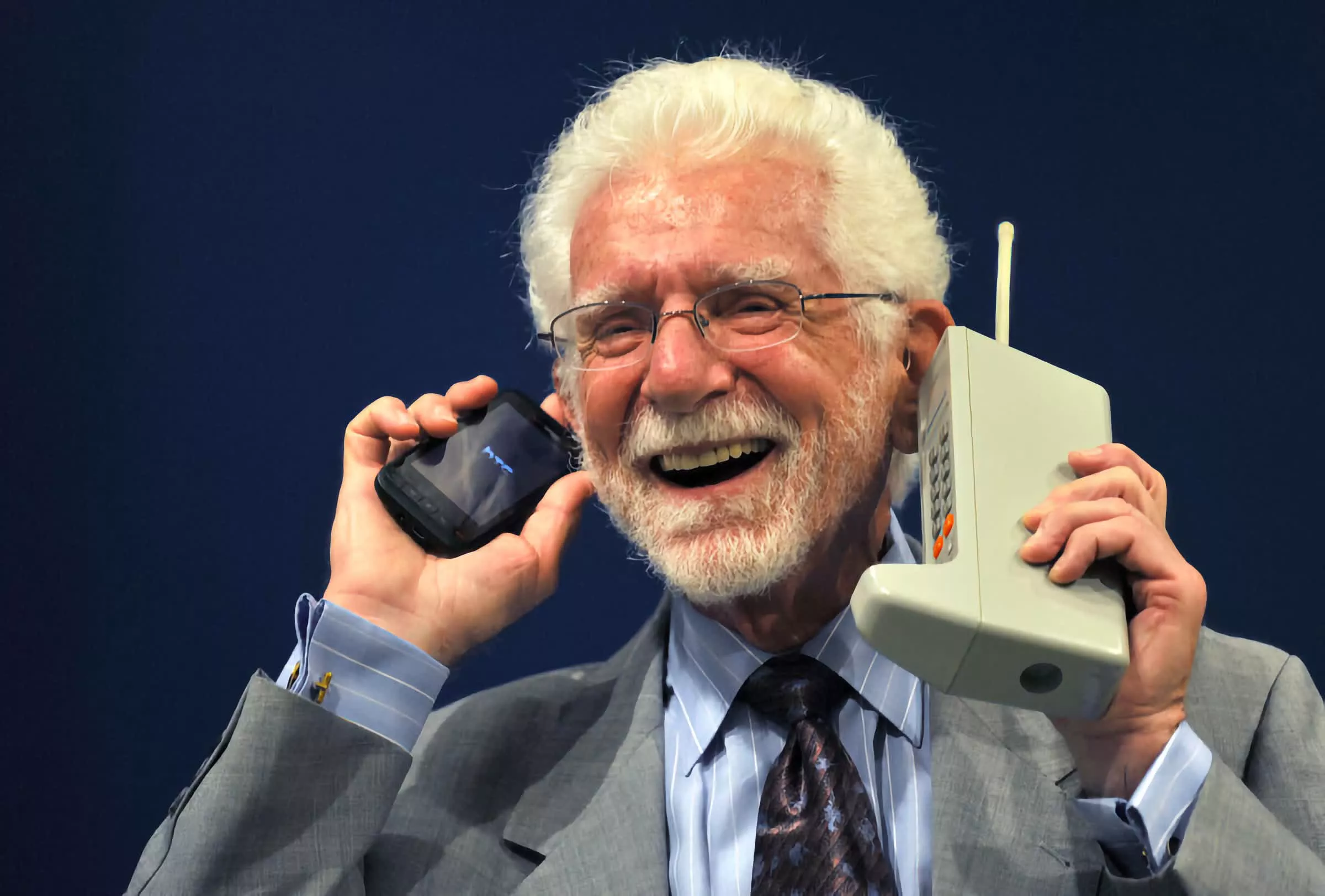A little background

The Motorola DynaTAC 8000X, released in 1983, was a groundbreaking innovation in the history of telecommunications. It was the first commercially available handheld mobile phone, launching a new era in personal communication. At its debut, the DynaTAC was priced at $3,995 – equivalent to more than $12,500 in 2025 dollars when adjusted for inflation--the DynaTAC was a luxury item accessible only to the wealthy or business elite.
The device weighed nearly two pounds (around 1.75 lbs) and measured 10 inches in height, not including its extendable antenna. Its battery life reflected the limitations of early technology: it required approximately 10 hours to fully charge, providing just 30 to 60 minutes of talk time. Nonetheless, despite its bulky size, limited functionality, and short battery life, the DynaTAC 8000X quickly became a status symbol and an icon of early mobile innovation.
Functionally, the phone featured a red LED display and could store up to 30 phone numbers – a major convenience at the time. Users could dial numbers manually or recall them from memory, a sophisticated capability in the early 1980s.
The development of the DynaTAC was spearheaded by John F. Mitchell, Motorola's Chief Engineer and later Vice President. Mitchell played a key role in leading the team that brought the mobile phone from concept to reality. Under his leadership, Motorola invested heavily in cellular technology. By the time of his retirement in 1998, mobile phones and related services had grown to represent two-thirds of Motorola's multi-billion-dollar annual revenue.
What Came Next?
Following the DynaTAC 8000X, Motorola continued to refine and miniaturize mobile technology. The Motorola MicroTAC, introduced in 1989, was a major leap forward. It was smaller, lighter, and featured a distinctive flip design that protected the keypad – a forerunner to the clamshell-style phones of the 1990s.
In 1996, Motorola released the StarTAC, widely regarded as the first truly popular mobile phone among consumers. It was the world's first clamshell (flip) phone and weighed less than 4 ounces. Its compact design and growing affordability marked the beginning of mobile phones transitioning from business tools to consumer products.
Meanwhile, mobile infrastructure improved significantly throughout the 1990s and early 2000s. Networks evolved from 1G analog systems to 2G digital standards, enabling not only clearer voice calls but also text messaging (SMS) and, eventually, mobile data. What began as a bulky, expensive symbol of status evolved into an indispensable, pocket-sized computing tool central to modern life.